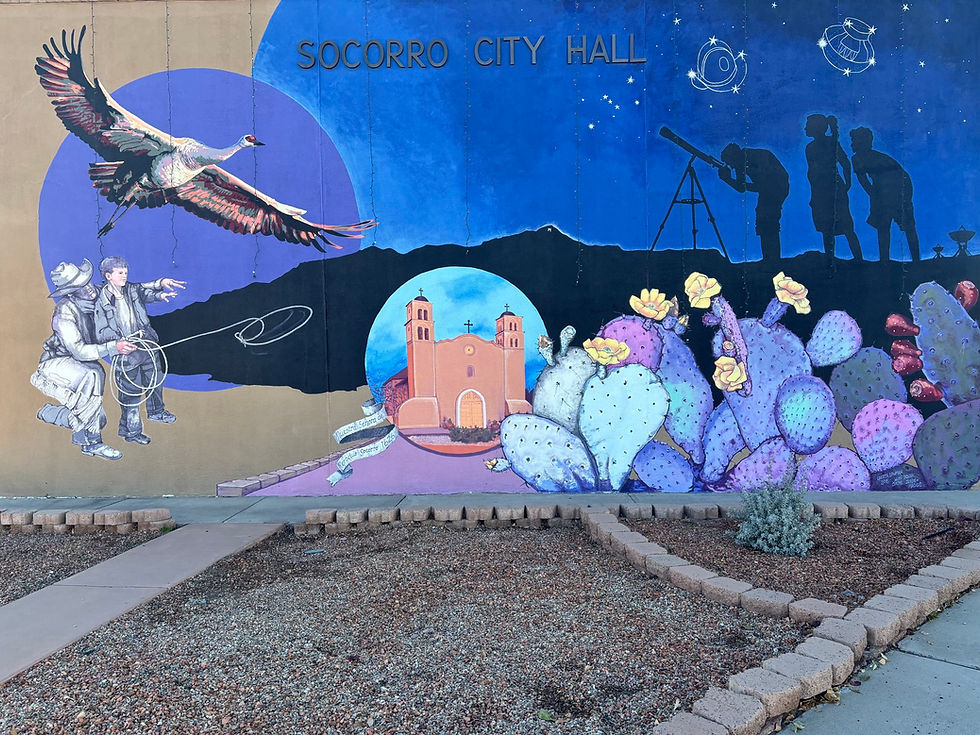If not now, when?
- kaydee777
- Jun 28, 2022
- 2 min read
Updated: Jul 4, 2022
More Jackson Pollock than botanical illustration, my first attempt at eco printing hangs In the kitchen window.

For a while now, I’ve been meaning to try the pounded flowers printing method for patterning by means of transferring vegetable dyes onto fabric.

This kitchen curtain was a bright white, pure cotton thrift shop find a few years ago. It fit the kitchen window, my first window renovation, perfectly. Summer of 2021, I dyed the curtain by simmering in a big enamel pot with a whole lot of marigold flowers and straight municipal tap water. Nothing measured or precise or anything. A lovely ancient pale yellow brown was the result.
Yesterday I realized that I needed to stop “meaning to” and do.

If I wanted to try flower printing, I needed to stop thinking about it and just Carpe the heck out of the Diem, before this season’s garden goes to seed and offers a whole different set of opportunities.

I gathered flowers which the Garden of Earthly Delights currently offers in excess: marigold flowers, Hopi Red Dye amaranth flowers and leaves, and a few cosmos flowers.

These were laid out on half the curtain, and the other half folded over this. A market tablecloth, which I had accidentally stained by leaving spilled coffee unwashed, was spread underneath over the double layer blanket printing surface which I use for block printing. In retrospect I could have used less padding and might have gotten more defined results?

The surface under all this setup, is a completely flat manufactured marble kitchen island found in the hacienda when we first met, which I use as a printing table. Yes, I did consider the pounding might crack it which would be absolute disaster for my block printing activities. Caution was thus exercised.
I used a hammer to pound. I’ve seen tutorials online where a rounded stone is used.
The cloth was hung to dry on the washing line, in bright sunshine. Most of the vegetable matter peeled off easily after it dried. I’m not going to wash this curtain for a bit. It’s a west facing window and gets late afternoon sun which might fix it further. Or fade the pigment. Who knows?
The marigold flowers and sprays of amaranth flowers produced the most vivid colours. Amaranth leaves, though a deep burgund,y, made a grey green, with veins coming up pink but were hard work to pound. Cosmos flowers? I’d rather enjoy them in the garden. They were underwhelming for pigment in this technique

The bottom surface also received a significant amount of pigment. My market tablecloth is becoming interesting. I shall continue to work on this. At least now the coffee stain clouds have company.




Comments